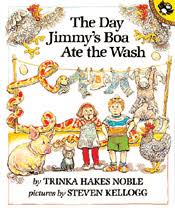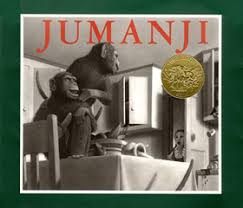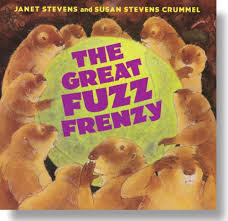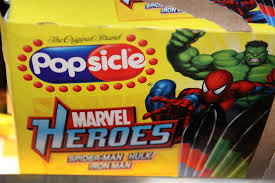
Mentor Texts
Can you believe it's Christmas! Hannah is experiencing her first finals as she winds up her first semester at Texas A&M. She really enjoyed her education class and learned a lot. She loves college and that makes me happy. It's easier to miss her when she's so happy. I am looking forward to her being home during Christmas break. I probably won't see much of her as she and her friends are already planning their time together, but just knowing she is at home for awhile is enough! I love hearing the floor above me creak as she gets out of bed in the morning or the sound of her running up the stairs. I love the way she comes in at night and shares her evening activities with me. I can't wait to see her!
As I was looking ahead at ELA skills, I was reminded of the importance of mentor texts. Mentor texts provide authentic literature to model reading and writing skills. Not only are they good for ELA skills, but can be used in math, science, and social studies. A few of my favorite mentor texts are discussed below. I hope you can find some you can use!
Compare and Contrast

 The Rough Face Girl by Rafe Martin can be used when teaching compare and contrast skills. When paired with Cinderella or any other version of Cinderella, students can compare and contrast the two stories. Another Native American Cinderella story is Sootface by Robert D. San Souci. A double bubble map (below) is a good way for students to organize their thoughts about how the stories are alike and different. The names of the two versions would go in the large middle circles. Where the circles connect down the middle, the students would put how they are alike. The outer circles would show how they do not connect and are different. Many activities for compare and contrast can be found on Pinterest such as the anchor chart pictured demonstrating how to use a bubble map. From Google Images find a picture of Rough Face Girl and another Cinderella version. These pictures would go in the middle of the circle. The students would tell how the stories are alike and different. They must also site text evidence to prove how they are alike and different. This would make a great group work activity.
The Rough Face Girl by Rafe Martin can be used when teaching compare and contrast skills. When paired with Cinderella or any other version of Cinderella, students can compare and contrast the two stories. Another Native American Cinderella story is Sootface by Robert D. San Souci. A double bubble map (below) is a good way for students to organize their thoughts about how the stories are alike and different. The names of the two versions would go in the large middle circles. Where the circles connect down the middle, the students would put how they are alike. The outer circles would show how they do not connect and are different. Many activities for compare and contrast can be found on Pinterest such as the anchor chart pictured demonstrating how to use a bubble map. From Google Images find a picture of Rough Face Girl and another Cinderella version. These pictures would go in the middle of the circle. The students would tell how the stories are alike and different. They must also site text evidence to prove how they are alike and different. This would make a great group work activity. 

Cause and Effect
Some of my favorite books to teach cause and effect are pictured below. Not only is The Day Jimmy's Boa Ate the Wash fun to use with cause and effect, but it can also be used as a mentor text to teach sequence. The fun thing about using it to teach sequence is everything must be sequenced in reverse order.



Where the Wild Things Are and Jumanji are also great books to teach cause and effect. Some questions to ask students are:
What was the effect of ___________________? What in the text helps you understand this?
What was the cause of ___________________? What in the text helps you understand this ?
You can tell that __________ causes ______________ because _______________.
Where the Wild Things Are can do double duty. It could also be used to teach characterization. Asking questions such as the following ones will get students thinking about characters.
At the beginning of the story how does __________ feel about ____________? What evidence from the story tells that?
How does ___________ 's feelings change by the end of the story? Cite text evidence to prove your answer.
What caused __________ to change his/her mind about ____________? What in the story helps prove this?
The True Story of the Three Little Pigs is another favorite for teaching cause and effect. It can also be used to teach point of view and voice in writing.

Voice
For teaching voice in writing, I use I Am the Dog, I Am the Cat by Donald Hall. Two other books I love to use for voice are My Big Dog and The Great Fuzz Frenzy by Janet Stevens and Susan Stevens Crummel. Actually, any book by the Stevens sisters is always a fun read and has lots of voice.



Those are just a few of the ELA skills that mentor texts can be used with. Just Google "mentor text to teach (skill)". You will find numerous suggestions. As you use these books your creative juices will flow and you will see how they can be used to teach a variety of skills.
Happy Reading and Happy Holidays!


